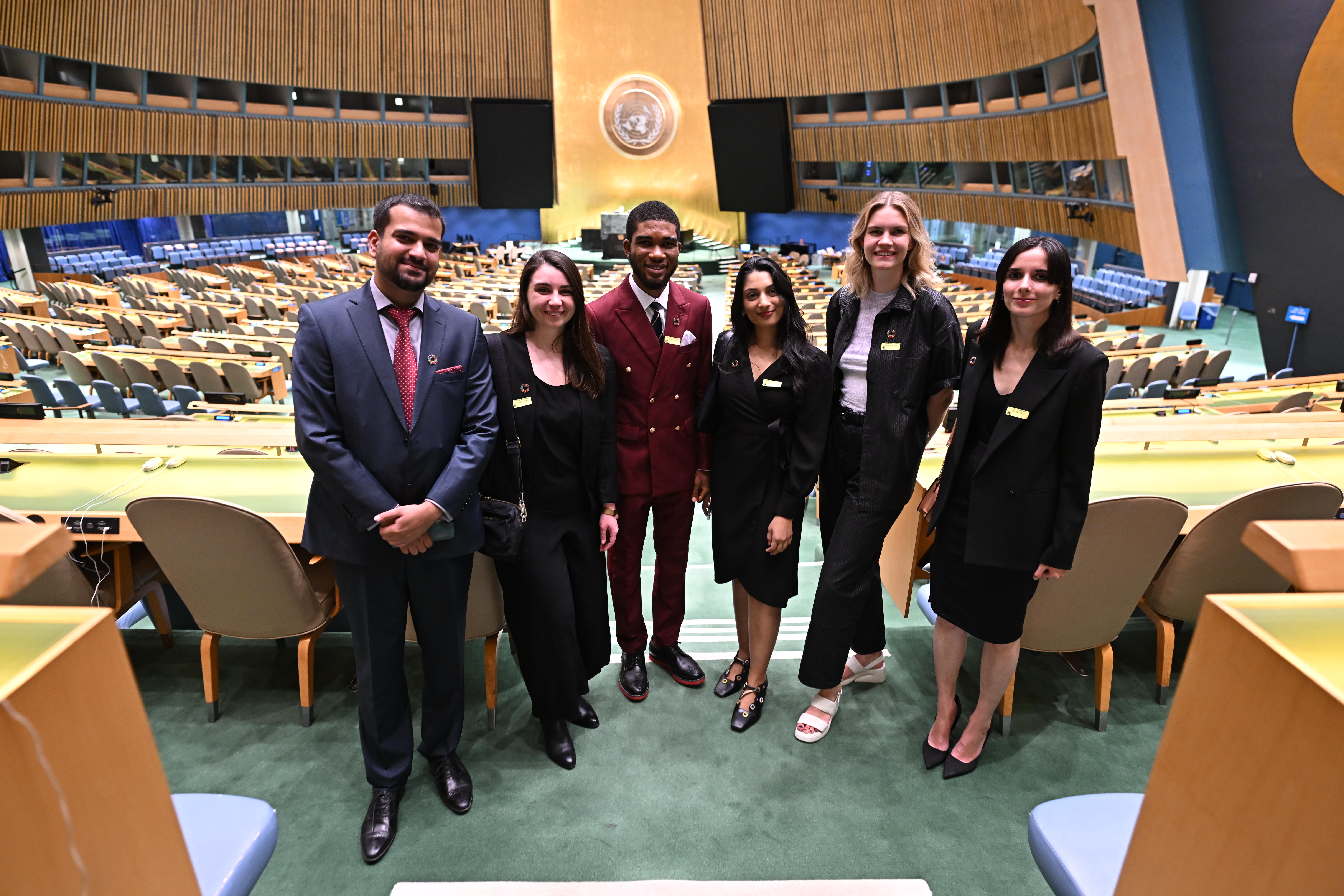Inside the Crystal Bridges x CFDA Fashion Symposium
October 27, 2022
Marc Karimzadeh
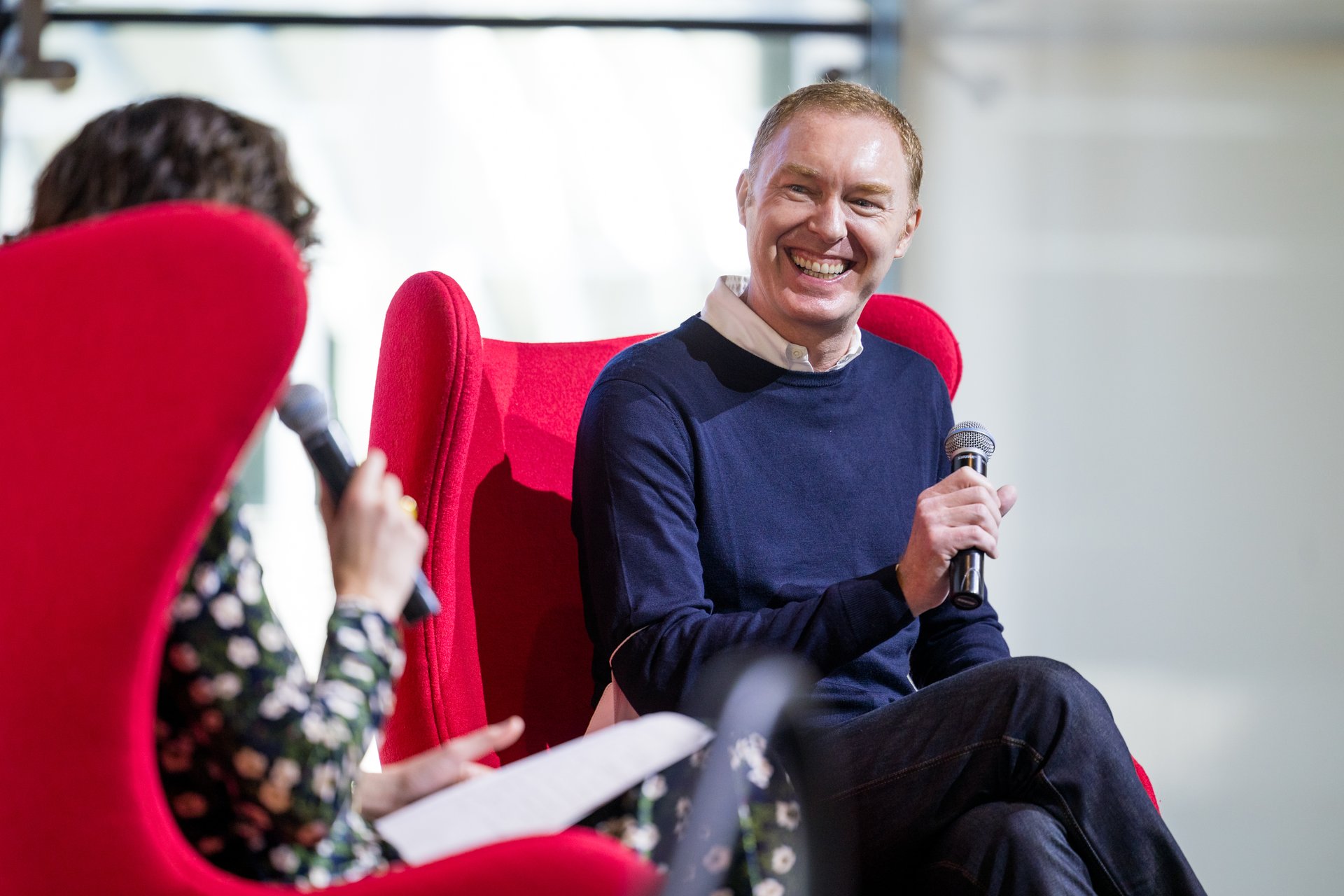


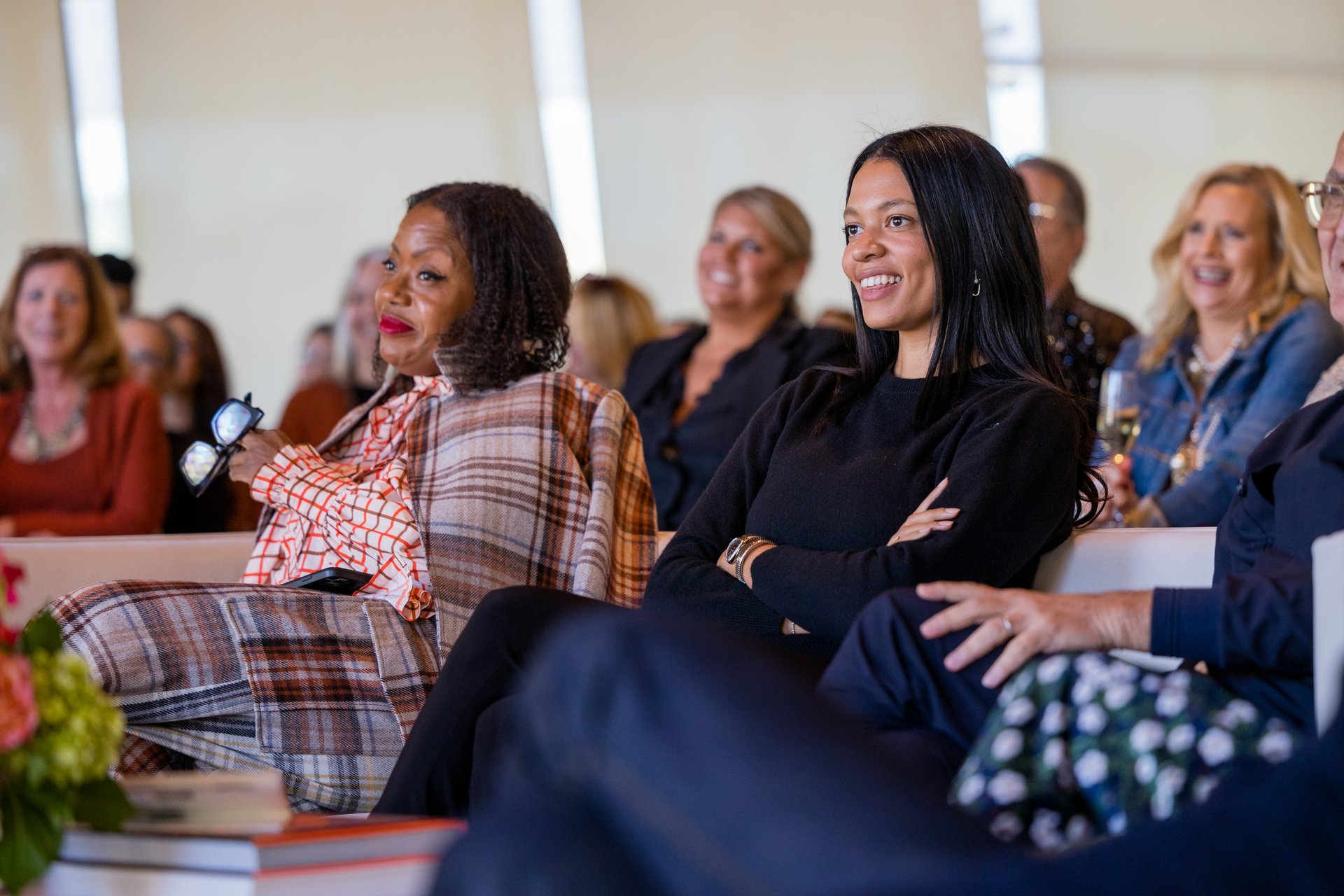
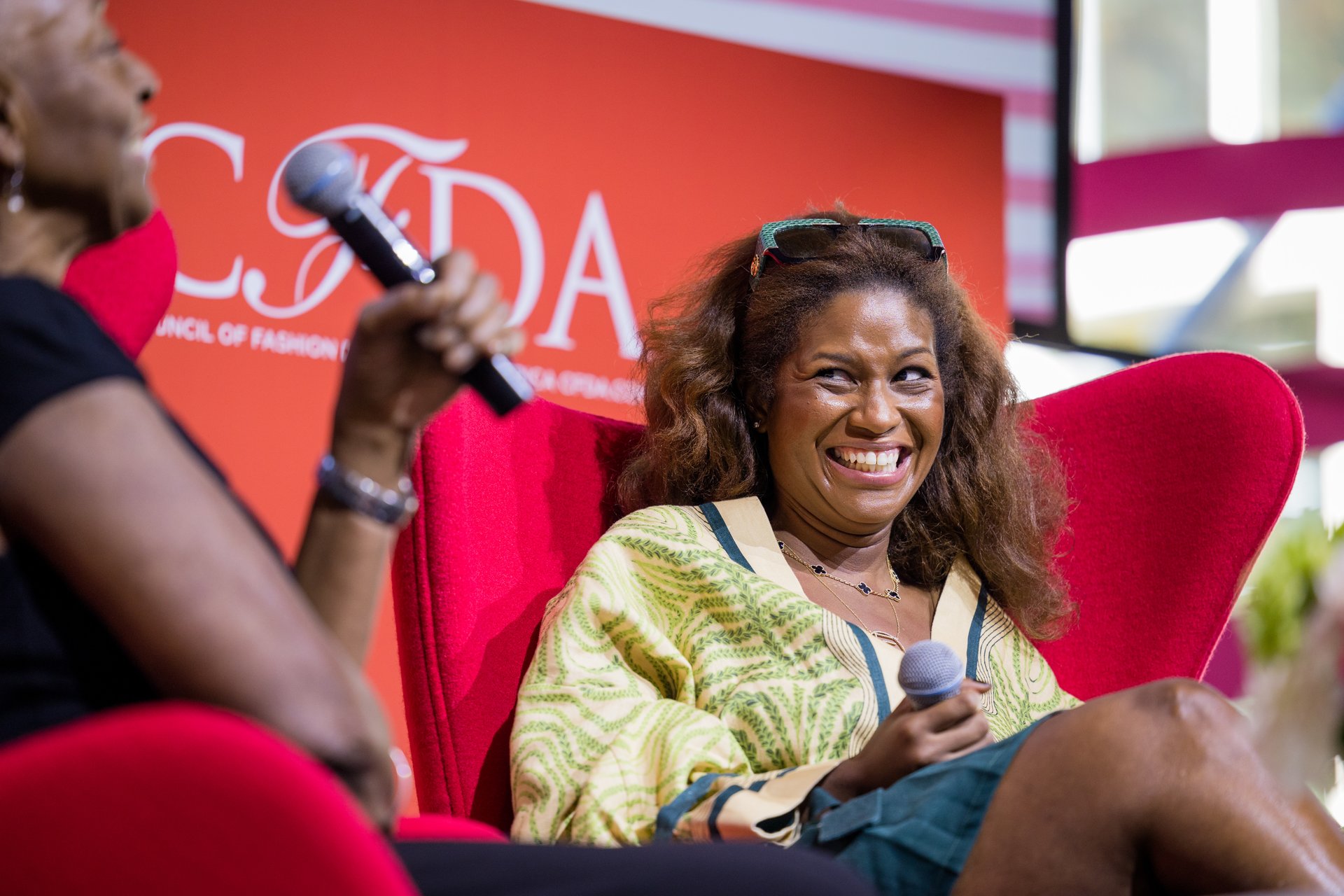
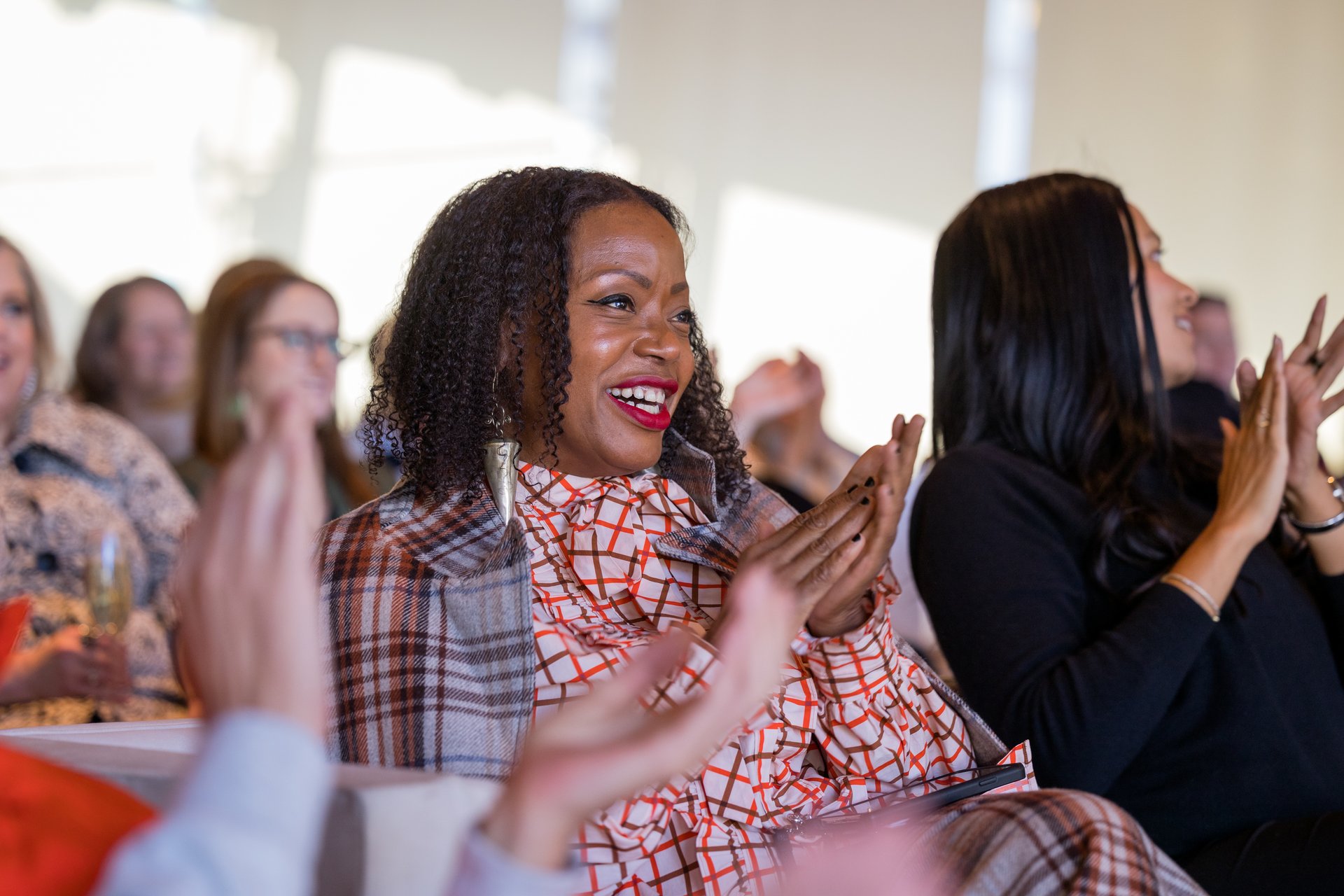
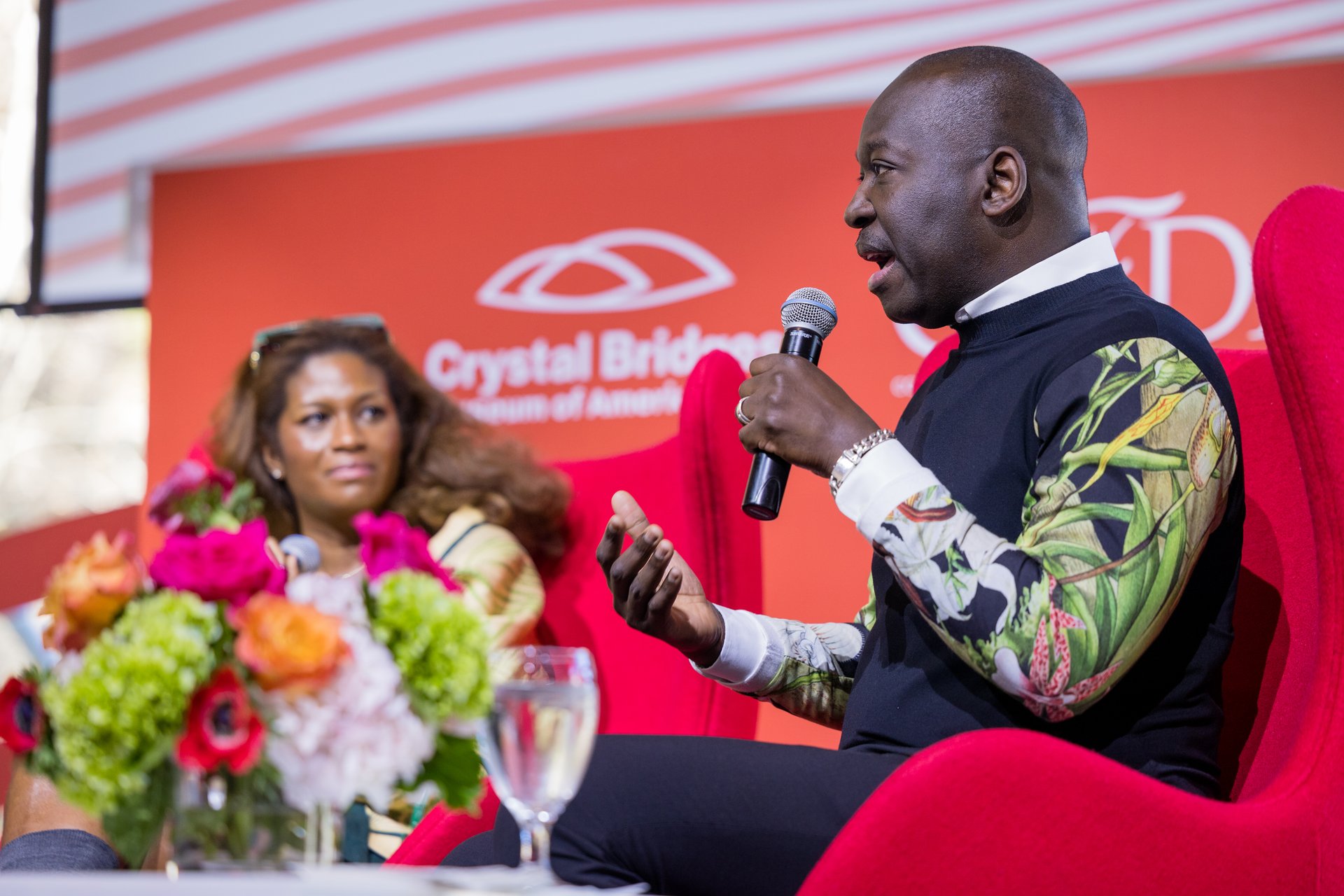
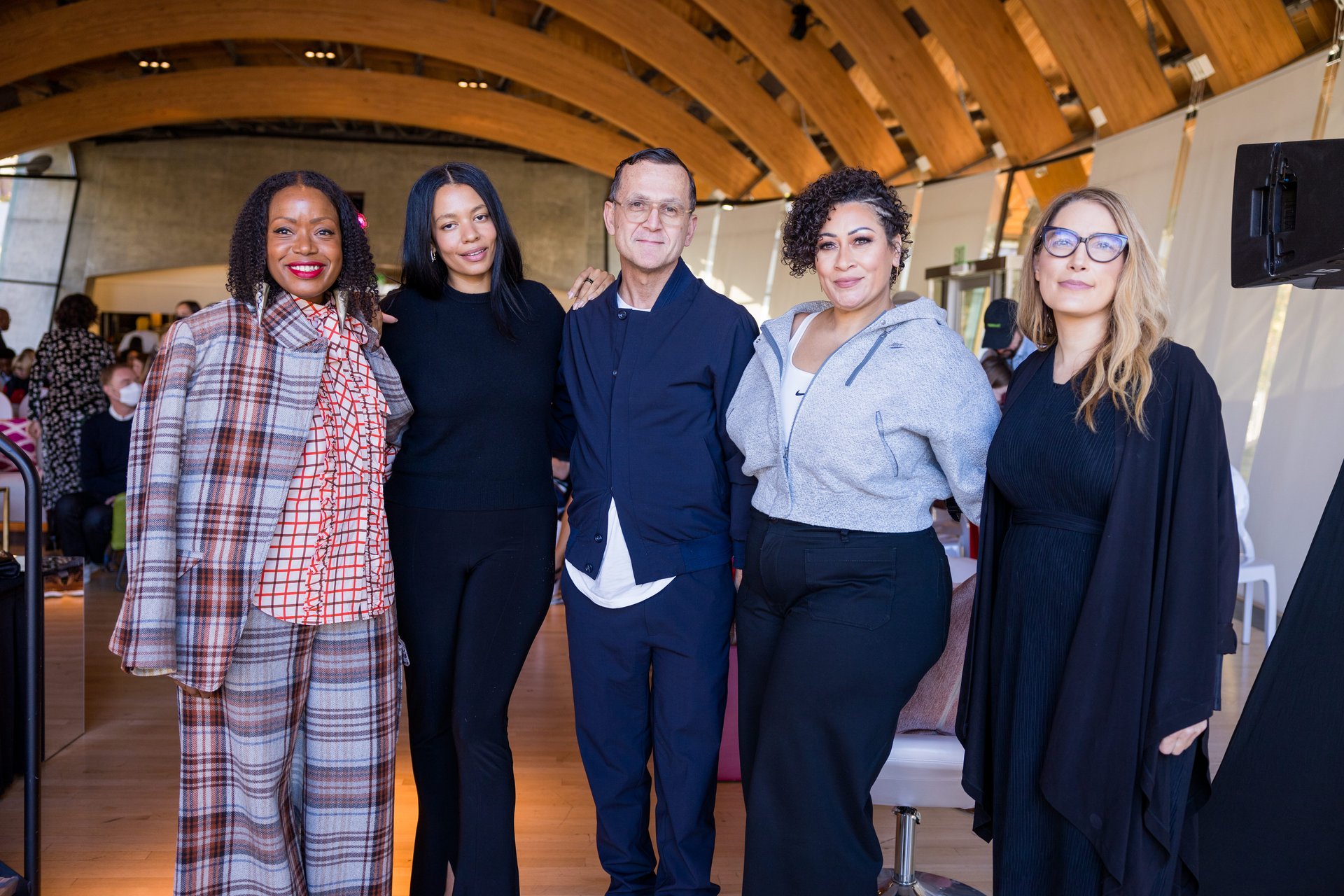
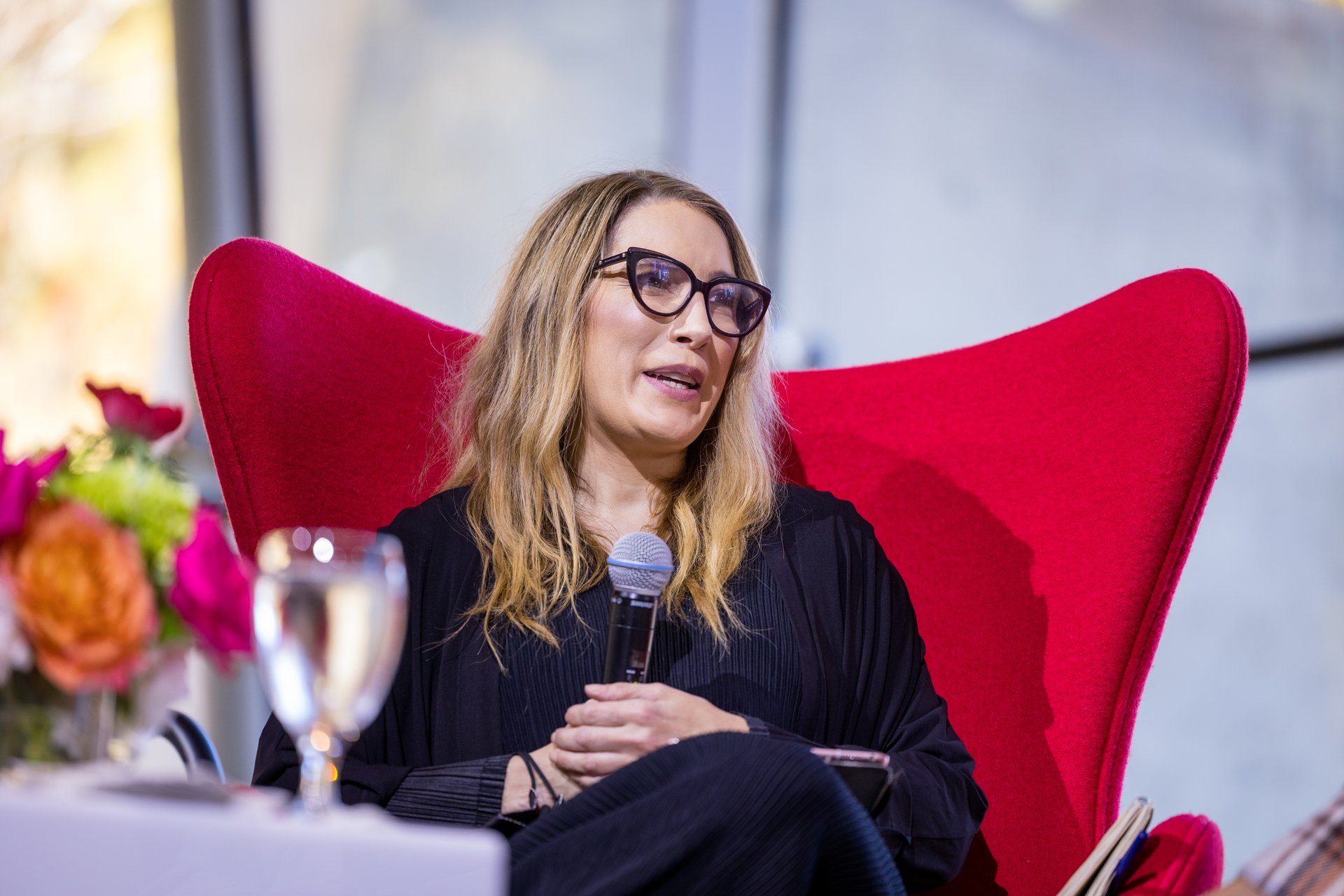
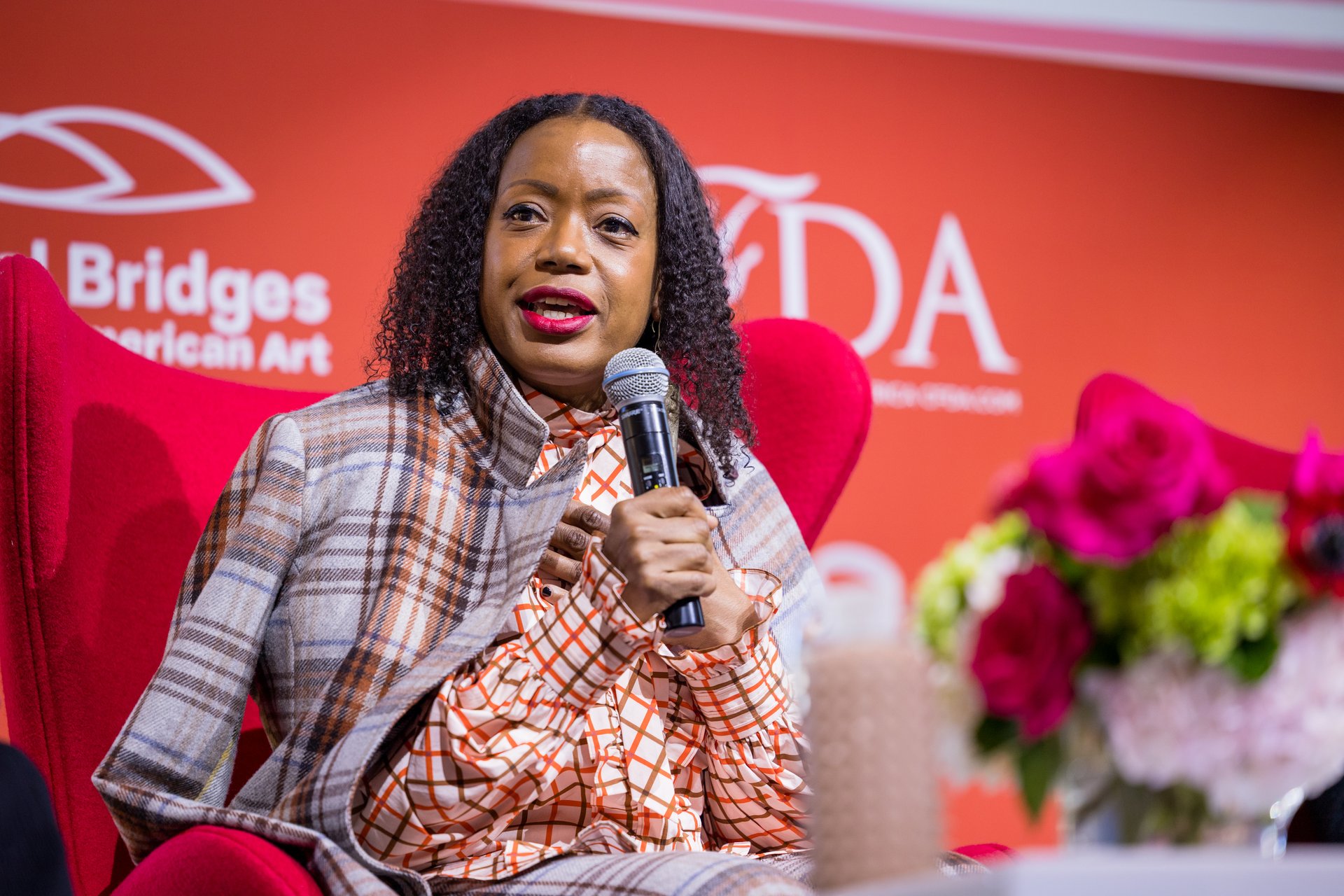
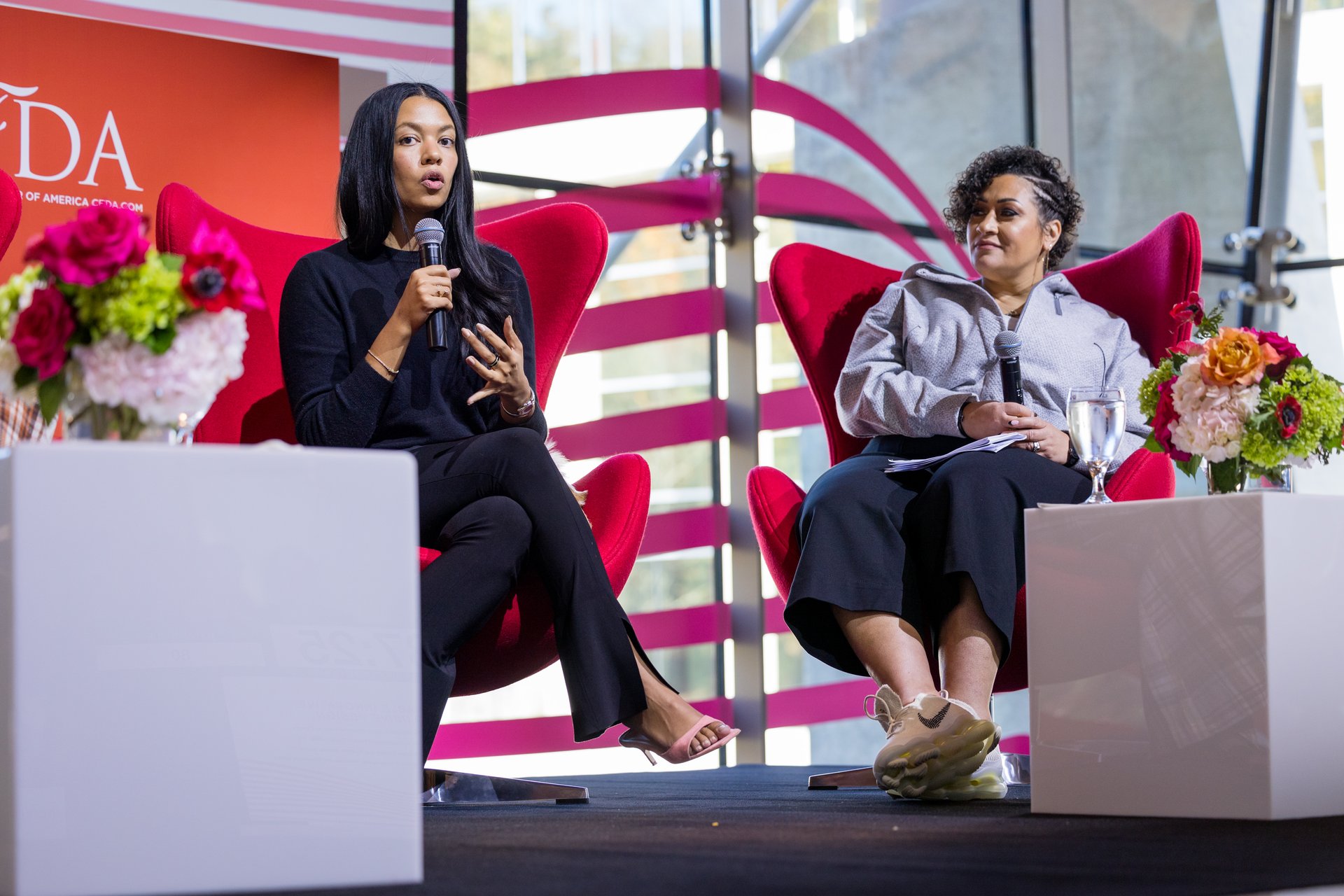
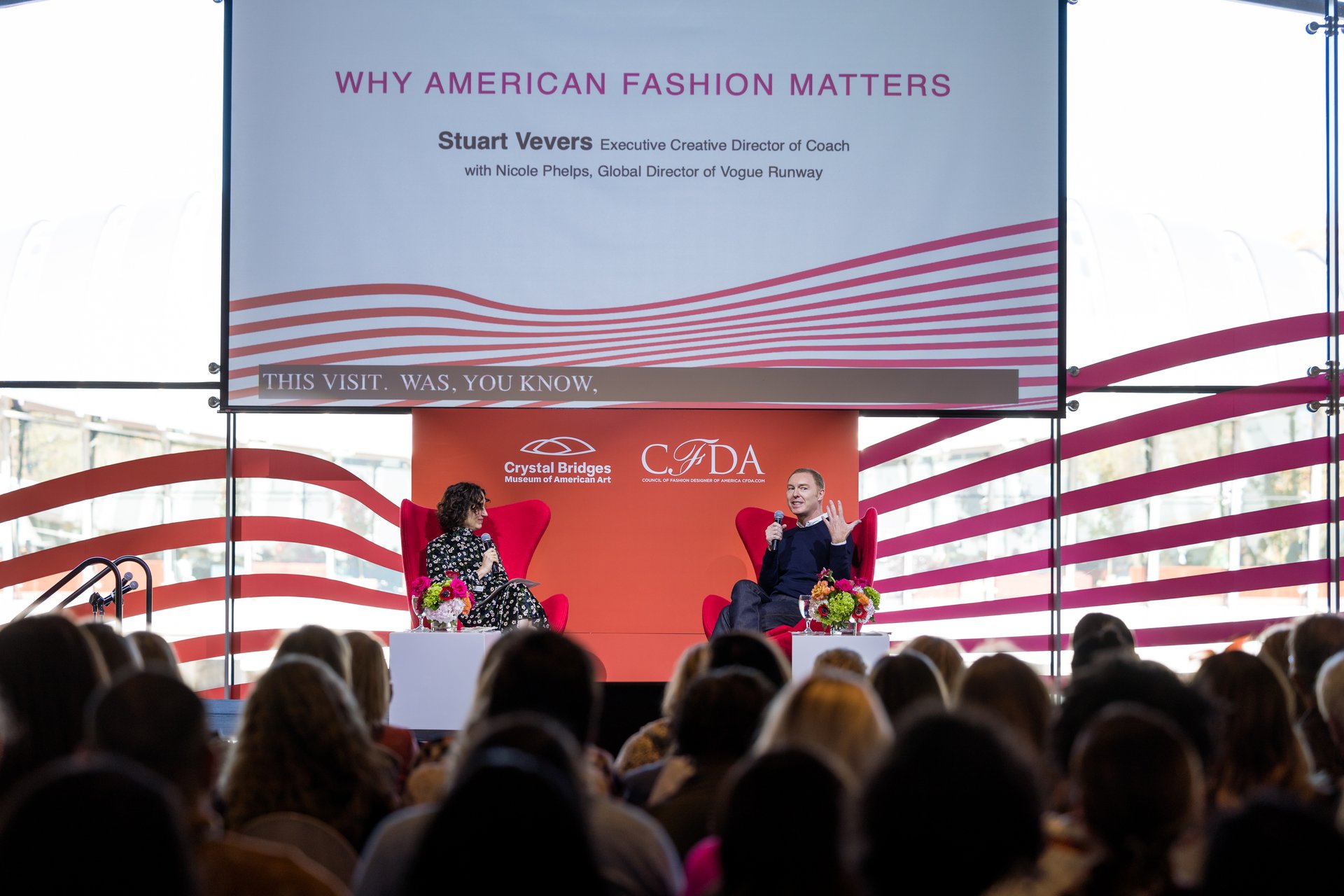
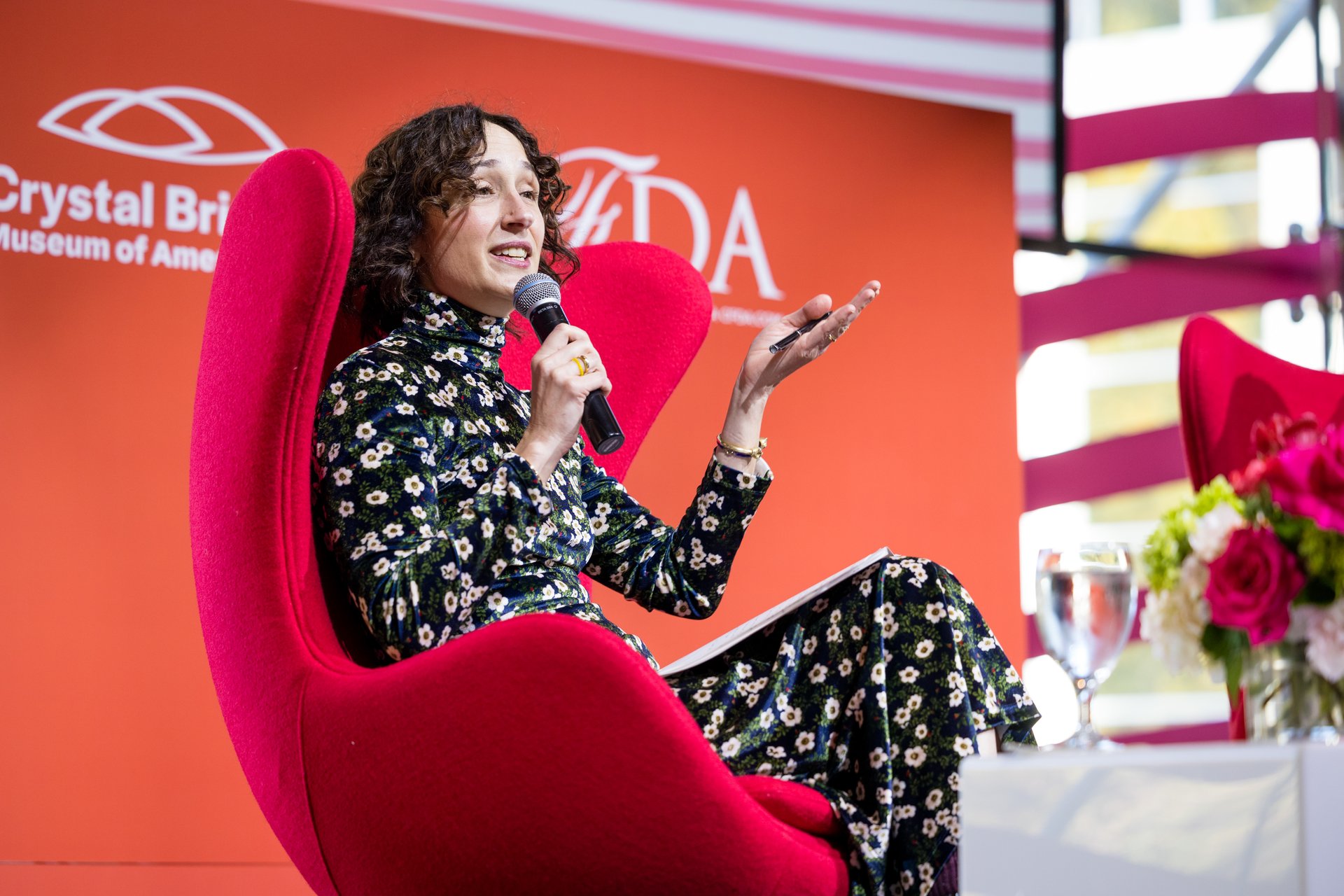

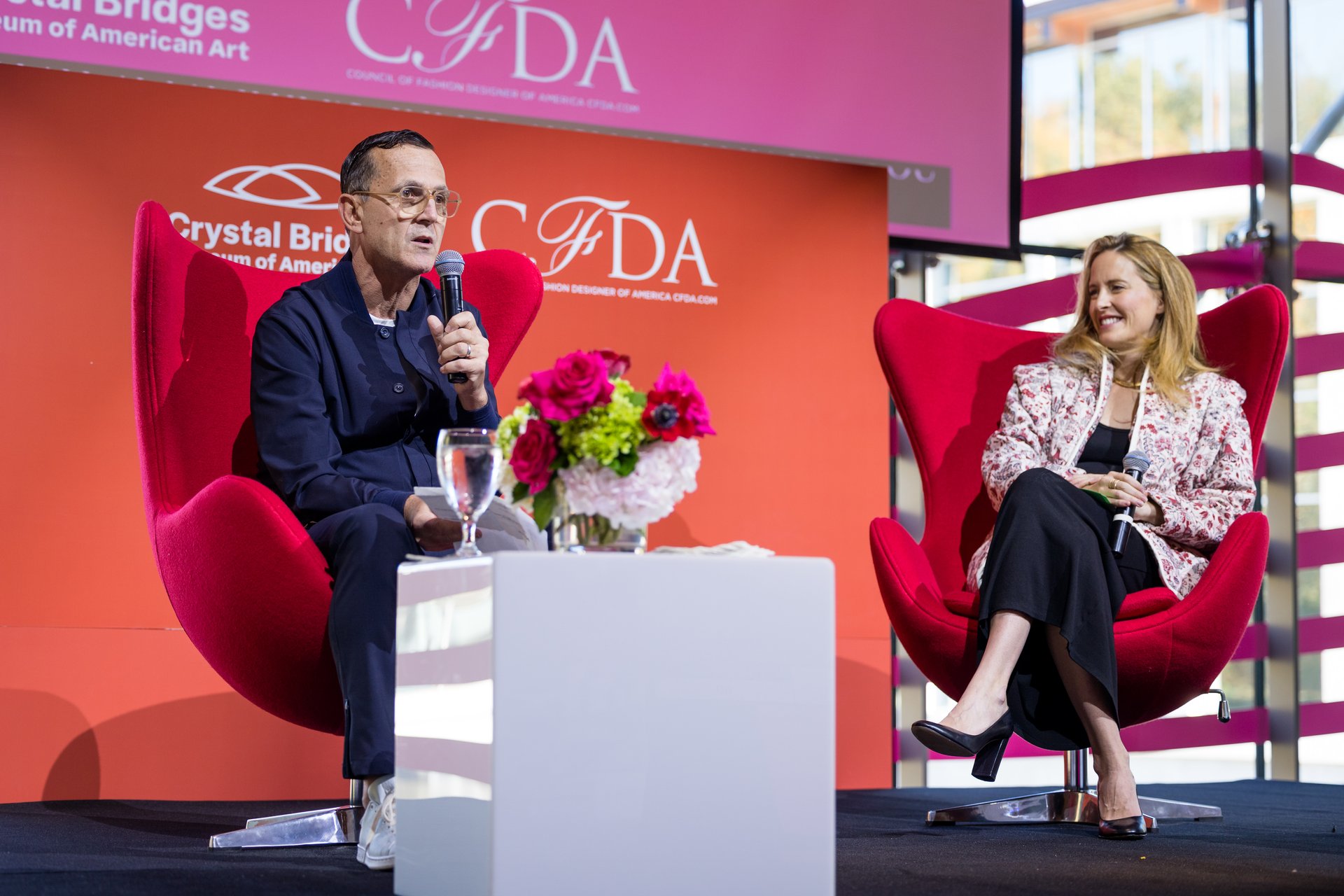
Photo by Stephen Ironside
Photo by Stephen Ironside
Photo by Stephen Ironside
Photo by Stephen Ironside
Photo by Stephen Ironside
Photo by Stephen Ironside
Photo by Stephen Ironside
Photo by Stephen Ironside
Photo by Stephen Ironside
Photo by Stephen Ironside
Photo by Stephen Ironside
Photo by Stephen Ironside
Photo by Stephen Ironside
On Wednesday, the CFDA proudly partnered with Crystal Bridges Museum of American Art on a Fashion Symposium featuring conversations with speakers such as Stuart Vevers, Aurora James, Tracy Reese, Felisha Noel, Omar Salam, and Tommy Hilfiger in Bentonville, Arkansas.
The daylong event kicked off with an Indigenous Peoples acknowledgment, followed by introductory remarks.
“Why fashion in an art museum? Fashion is the art of our everyday lives,” the museum’s Chairperson Olivia Walton said. “Fashion shapes how we see ourselves and how we see others. It is a powerful form of self-expression and it is an important reflection of our culture.”
Our partnership led to the creation of the CFDA x Crystal Bridges Heartland Scholars Award to foster new design talents based, studying or raised in the American Heartland.
“In our family, we like to say that talent is everywhere but the opportunity is not. And my hope is that this award helps expand access to opportunity for emerging talent.”
CFDA CEO Steven Kolb added, “When I met Olivia, we had a conversation on what is fashion in America and the importance s of the heartland’s influence in culture. From that came our partnership and the new scholarship Olivia mentioned. We are honored to work with her and Crystal Bridges to support the next generation of American fashion talent.”
Why American Fashion Matters
Coach Executive Creative Director Stuart Vevers came to American fashion with an outsider’s understanding of American style – he’s British – and the background provided him with a fresh perspective.
“Sometimes, when you don’t grow up in a country, you can have an outsider’s point of view,” Vevers said during a conversation with Vogue Runway Global Director Nicole Phelps. “One of the things that inspired me to join Coach is to explore American style. There was something about the ease of the everydayness, a sense of reality that I really wasn’t focused on for most of my career. It’s those differences I was drawn to.”
Phelps pointed out that the practicality of American fashion can sometimes get a bad rap compared to, say, the fantasy and experimentation of Paris designers.
“One isn’t better than the other. It’s about celebrating those differences,” Vevers said.
Before Vevers started at Coach, he boarded Amtrak trains and explored different parts of the country for two weeks during to get to know the country. This was his first time in Bentonville, which inspired him to spend more time in the region.
“Growing up, everything I was seeing had the Hollywood glow,” he recalled. “This was a five-year research trip. I pulled all the places and references into my first collections.”
Sustainability is something Vevers is passionate about.
“I became a father during the pandemic…it made me think about the impact I could have and the things I should be doing. It can be an intimidating area. I truly believe we have to face those fears and out ourselves out there. Every small step forward counts,” he said, pointing to the Coach (Re)Loved program, which gives a second life to existing Coach merch through repair and new customization.”
In then leadup to the talk, Phelps had asked her followers on Instagram why American fashion mattered. The answers ranged from “It’s the epitome of not giving a sh_t about codes and rules” and “American fashion represents freedom and change” to “Hope for a better and exciting tomorrow” and “It makes luxury attainable.”
These resonated with the audience – and with Vevers. “They all sound really good, and some of those are words I use,” he said.
Watch the full conversation here.
Sustainable Innovation and Inclusive Design
Sustainable Innovation and Inclusive Design. For a future in fashion, you must have a business that is firmly committed to both. Just ask Hope for Flowers Founder & Creative Director Tracy Reese, Brother Vellies Founder & Creative Director and Founder of the Fifteen Percent Pledge Aurora James, and Nike VP of Women’s Apparel Product Design Tania Flynn. In a conversation moderated by CFDA VP of Sustainability Initiatives and Education Sara Kozlowski, they outlined why the future of fashion must be inclusive and sustainable.
“It’s interesting making the financial case for sustainability in fashion,” Reese said. “As Americans, we have to look at the value we place on clothing. We want to encourage people to buy quality—and to buy less but love it more, and not something you will cast aside after wearing it a few times.
“This is a craft,” she added. “It requires talent with years of experience to create a well-made garment and we have to show respect for that.”
James, a pioneer in bringing genuine diversity, equity, and inclusion to the fashion industry and beyond, pointed out that the fashion industry actually already employs a lot of women of color around the world— “mostly in sweatshops,” she said.
“We spend a lot of time talking to any big company about how to holistically support and empower people of color, not just on the runway but also in the corporate sector and also in your workshops,” she noted. “A company may say ‘40 percent of models in our campaign are Black.’ That’s amazing, but how many are in your boardroom?”
Nike VP of Women’s Apparel Product Design Tania Flynn made a case for the power of a diverse and inclusive workforce. “We believe that diversity leads to curiosity and curiosity leads to innovation,” Flynn said.
And both will define the future of our industry.
Watch the full conversation here.
Designers Hub, Supporting the Next Generation of Fashion Designers
Fashion advocate, luxury brand consultant, and CFDA Board member Bethann Hardison introduced the conversation by highlighting The Designers Hub, the groundbreaking network of fashion industry professionals dedicated to fostering, guiding and empowering new generations of Black designers and Black-owned fashion brands, with the support of the CFDA.
“People were saying to me, in 2018, ‘where are designers of color?’” she recalled. “That felt like a stone in my shoe. I knew they were out there, but they weren’t famous. They didn’t get editorial. We met with these designers, and they sat in the room and took notes and learned from one another. Now The Designers Hub has grown to about 40.”
Cue Felisha Noel of Fe Noel and Omar Salam of Sukeina, both talents within that program who have built strong brands with a loyal following.
“Everything I stand for is based on my culture and my upbringing,” Noel noted. “Everything I do…is about giving myself to the world and being the woman I am and the woman I aspire to be.
“I was creating and selling to my friends,” she added. “To go into wholesale, you need to have financial backing. I had to remove myself from wholesale… to grow it the way I wanted it to grow.”
Salam’s first career aspiration was in the film industry – a powerful form of storytelling – but two years in, he chose to go into fashion design, another creative form that says so much about the wearer.
“There is a very granular, infectious, personal part of fashion that we don’t talk about often,” noted Salam, whose ultimate goal is to create a “a product or reality be so necessary that you couldn’t live without it.”
Watch the full conversation here.
Fashioning America, From Grit to Glamour
Crystal Bridges exhibition curator Michelle Finamore discussed the theme, curation, representation of designers from diverse backgrounds, and celebration of American fashion design with guest exhibition designer Ruben Toledo.
“How do we recraft the narrative? How do we reframe it and show the human side of fashion” Finamore offered, speaking to the goal of the captivating exhibition.
“I tried to create a whole new universe, a graphic universe, a visual language,” Toledo said. “Fashion to me is such an alive art. My wife and I always worked together. I learned fashion from the best, from Isabel. We tried to create a landscape as big and broad as America is.”
The exhibition indeed accomplishes this, starting with the grid – think denim and streetwear – and ending with glamour as in red carpet. In between, there are terrific clothes from Stephen Burrows, Norma Kamali, and James Galanos to Ralph Lauren, Diane von Furstenberg, Patrick Kelly, and Alber Elbaz for Geoffrey Beene, as well as a video spotlighting the Battle of Versailles.
“Clothing and textile hold our stories,” he added. “Fashion is an ideal; we sometimes don’t reach that ideal, but we try again and again and again.”
And that, in and of itself, is a very American ideal.
Watch the full conversation here.
Walmart on the Democratizing of Fashion & Serving the Heartland
“Democratizing fashion for all” is how Walmart SVP of Mens/Kids/Baby/Footwear Merchant Group Leslie Leonard described Walmart.
The retail landscape is changing. “The biggest store and the largest store is in our pocket. Our purpose at Walmart to help people save money so they can live better.
“We are listening to [female customers] and she is telling us she wants more. She wants more fashion and more exclusive brands,” she added, pointing to Brandon Maxwell’s role as Creative Director of Walmart’s Free Assembly and Scoop.
“We believe that Brandon’s fashion commitment and vision to bring accessible product to people in America makes him the ideal partner…we do this through the lens of inclusive partners, and inclusivity in terms of who we are designing for.”
Walmart also made a commitment to being a regenerative company- in four ways: climate, nature, waste and people.
“We have a lot of work ahead but our commitment remains steadfast that we will be a regenerative company in the future.”
Watch the full conversation here.
The Future of Fashion, Using Technology to Enter the Fashion Metaverse
Fashion is an industry that prides itself on always being onto the next. Yet when it comes to technology, there has been some trepidation. Not so Tommy Hilfiger. In 2019, before people knew about the Metaverse and NFTs, the company announced that it would begin to adopt digital design processes, putting Hilfiger in a future-facing position.
The idea came to him via his his friend Jeffrey Katzenberg, Co-founder of DreamWorks, which had been making animated films for years.
“In designing 3-d, you can send the image to a factory across the earth and they can see every single stitch and detail,” Hilfiger said, in conversation with Vogue Business Senior Innovation Editor Maghan McDowell. “We now have a design center with 300 designers doing 3-d designs.”
Next up came the conversion of these garments into video games and digital showrooms, “which allowed buyers to stay home and buy from their iPads,” Hilfiger said. “We didn’t have to make the thousands of samples we used to have to make.”
It also allows you to dress avatars with these digital clothes—presenting an enormous opportunity for business growth.
Hilfiger has a significant presence on Roblox, the global online platform with more than 50 million users per day. According to the company, his TOMMY PLAY space allows community members to play, share, imagine and see new product launches created in collaboration with Roblox community creators and thought-leaders.
Watch the full conversation here.
